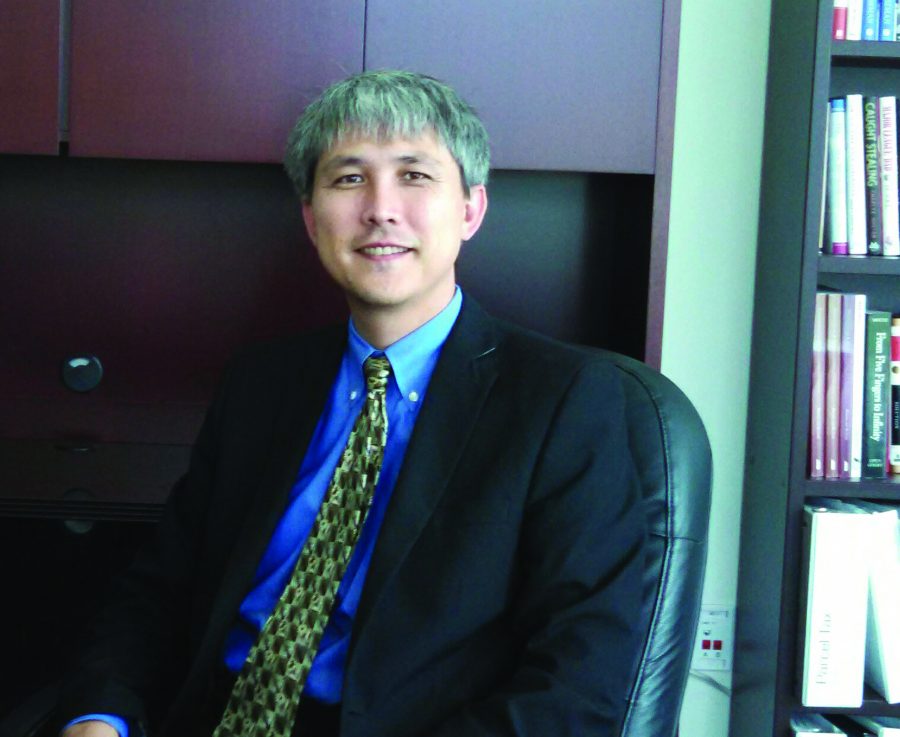In a recent letter to the Tamalpais Union High School District (TUHSD), the Marin County Office of Education warned the school district that its spending projections indicate that it could descend into insolvency as soon as the 2020-21 school year.
As the second interim budget report deadline for the TUHSD approaches this March, board members have been developing a structural deficit plan as a response to the formal warning from the county, which has directed the TUHSD board to approve a deficit spending and recovery plan as a potential response to the worst-case scenario of financial debt. The letter advises that at the current rate of spending, the district will deplete its financial reserves below the required minimum within the next three years.
The crisis was catalyzed by three central changes that the district has experienced in the past few years. In a January 23 board meeting, deputy director of the Marin County Office of Education Terena Mares addressed the necessity of a budget approval, mentioning these critical dynamics that have brought on the decline in reserves and funding. According to Mares, this reduction is “caused by the rising pension costs … an increase in growth in your enrollment … and the facility demands that [growth] places on your budget.”
These pressure points, while not under the control of the district, have placed significant strain on the district’s finances and have serious implications for the future of TUHSD. The sharp decrease in budget projections is startling, as the present trajectory indicates that in the upcoming years the TUHSD will experience “an 82 percent decline in [the district’s] fund balance,” according to Mares.
In response to the warning issued by the Marin County Office of Education, the TUHSD board has begun meeting in budget workshops, which are attended by board members as well as Mares, who represents the county in the negotiations.
Stressing the importance of diverse input, district superintendent David Yoshihara said a discussion committee would include “the board, administration staff, students, labor groups…our parent groups, [and] our community groups.”
During the first of these workshops on January 31, Yoshihara outlined a plan to stabilize the budget and introduce a deficit structure. In the meeting, he detailed an aggressive timeline for closing the structural gap of expenditures and revenues in two years, and then raising the budget reserves from 4 percent in 2019 to the baseline of 17 percent by 2021.
To stabilize the structural gap, expenses would need to sharply decrease over the next two school years, bringing the actual deficit in the budget to zero. Raising the budget to the 17 percent goal would require the district to quadruple its funds over the course of just two years, which is roughly equivalent to a net surplus of $6 million each year to be added to the reserve fund.
Such an aggressive plan, even if it is tempered to span five or six years rather than four, would necessitate both immediate and far-reaching expense reduction. This could potentially involve a hiring freeze, layoffs, or downsizing programs.
“Any kind of meaningful deficit reduction plan is going to look catastrophic,” board member Chuck Ford said. “We’re talking about jobs, we’re talking about positions, we’re talking about whole programs.”
Yoshihara remained noncommittal in the initial finance workshop, preferring to wait until an analysis of the district’s expenditures was complete in order to ascertain the severity of the cuts necessary. After this, he said, “The board in the next fiscal year can then indicate the level of either through attrition or layoffs for that to take place.” These potential cuts would be the foreseeable path to achieve the reduction necessary to flatten expenditure, but revenue still needs to stay $6 million above the lowered spending in order to stabilize reserves. The board has acknowledged that these changes will have a significant impact on the entire district.
“This will affect the program, this will affect the students, and what expense they’re going to get and I would argue the quality of instruction,” Yoshihara said.♦


